Physical therapy is an essential component of recovery from injury, surgery, or chronic pain. With advancements in technology, physical therapy can now be delivered through two primary modes: telehealth and in-person sessions. Both approaches offer unique advantages and limitations, and choosing the right one depends on your individual needs, preferences, and treatment goals.
In this blog, we’ll explore the pros and cons of telehealth physical therapy and in-person physical therapy, helping you decide which option might be best for you.
Pros and Cons of Telehealth Physical Therapy
Pros:
Convenience
Telehealth physical therapy offers unmatched convenience. You can attend your session from anywhere—whether at home, at work, or while traveling—without the need to commute to a clinic. This can save time and eliminate travel-related stress.
Accessibility
Telehealth can benefit individuals who live in rural or underserved areas, where physical therapy clinics may be far away. It’s also a great option for people with mobility issues who find it difficult to travel.
Cost-Effectiveness
Virtual physical therapy may reduce some of the costs associated with traditional therapy, such as transportation or parking fees. In some cases, telehealth sessions may be less expensive than in-person visits. Insurance providers are also increasingly covering telehealth services, making it more accessible financially.
Continuity of Care
Telehealth allows for continuous care, even when circumstances might otherwise prevent you from attending an in-person session. Whether you’re sick, the weather is bad, or you’re busy, telehealth ensures you can stick to your therapy plan.
Personalized Home Exercises
Since much of physical therapy involves exercises that can be done at home, telehealth allows therapists to offer real-time feedback in your home environment. This means they can adjust your exercises based on the space and tools you have available, making it easier to stick to your program.
Cons:
Lack of Hands-On Treatment
One of the biggest limitations of telehealth is the inability to provide hands-on treatment. Techniques like soft tissue manipulation, joint mobilization, and manual stretching are impossible to perform virtually. For patients who need hands-on interventions, telehealth may not be the best option.
Technology Barriers
Telehealth requires a reliable internet connection, a device with a camera, and basic tech know-how. For some individuals, especially older adults or those living in areas with poor internet connectivity, this can be a barrier to accessing care.
Limited Equipment Access
Physical therapy clinics often have specialized equipment like resistance machines, treadmills, or ultrasound devices. While telehealth therapists can guide you through exercises using basic home equipment, they can’t offer the same advanced treatments that might be available in a clinic setting.
Difficulty Assessing Complex Conditions
While telehealth allows for movement assessments, it can be challenging for a therapist to accurately evaluate certain conditions via video. A detailed hands-on evaluation might be necessary for patients with complex injuries or conditions that require precise measurements or diagnostic tests.
Pros and Cons of In-Person Physical Therapy
Pros:
Hands-On Treatment
In-person physical therapy offers the critical benefit of hands-on treatment, which can be a key part of recovery. Techniques such as manual therapy, trigger point release, and soft tissue mobilization can significantly reduce pain and improve mobility—something that telehealth cannot provide.
Access to Advanced Equipment
Physical therapy clinics are equipped with a variety of tools and machines designed to aid in rehabilitation. In-person visits allow you to access this specialized equipment, which can enhance your therapy outcomes.
Better Assessment and Diagnostics
In a clinic, therapists can perform more detailed assessments, including hands-on evaluations of your joints, muscles, and range of motion. This can help identify the root cause of your pain or dysfunction more accurately than a telehealth session.
Immediate Feedback and Corrections
During in-person sessions, your therapist can observe your movements closely and make immediate hands-on adjustments. If you’re performing an exercise incorrectly, they can physically guide you into the right position, ensuring better technique and faster progress.
Cons:
Time and Travel Requirements
In-person therapy requires you to travel to the clinic, which can be inconvenient or time-consuming, especially if you live far from a clinic or face transportation challenges. The time spent commuting, waiting for your appointment, and returning home can add up.
Less Flexibility in Scheduling
Since you have to physically be present for in-person sessions, scheduling can be less flexible than telehealth, which you can attend from anywhere. You may have to wait for an available appointment time or adjust your schedule around the clinic’s hours.
Higher Costs
In-person physical therapy may be more expensive due to clinic overheads, including equipment use, facility fees, and administrative costs. Additionally, you may have to pay for transportation, parking, or childcare if needed.
Risk of Missed Appointments
Life can sometimes get in the way of attending an in-person session—bad weather, illness, or last-minute schedule changes can cause you to miss an appointment. This can disrupt your treatment progress if appointments are missed frequently.
Which Option Is Right for You?
The choice between telehealth and in-person physical therapy depends on your specific needs, condition, and lifestyle.
Telehealth is ideal if:
You have a busy schedule or face challenges getting to a clinic.
Your treatment primarily involves exercises and education that can be effectively delivered remotely.
You live in an area without easy access to a physical therapy clinic.
You need regular check-ins or are in the later stages of recovery when self-management is emphasized.
In-Person therapy is best if:
Your condition requires hands-on treatment or advanced diagnostic tools.
You’re in the early stages of recovery and need more intensive intervention.
You want access to specialized equipment that can’t be replicated at home.
You prefer face-to-face interaction and physical feedback from your therapist.
Conclusion
Both telehealth and in-person physical therapy offer valuable benefits, but the right choice depends on your individual situation. Telehealth is a convenient and cost-effective option for many patients, while in-person therapy provides the hands-on care and access to equipment that some conditions require.
Many physical therapy clinics now offer hybrid models, allowing you to take advantage of both virtual and in-person sessions. Speak with your physical therapist to determine the best approach to support your recovery and overall health.
But how effective is telehealth for physical therapy? In this post, we’ll explore the benefits and limitations of virtual physical therapy and help you decide if it’s the right option for you.
What Is Telehealth Physical Therapy?
Telehealth physical therapy, often referred to as “tele-rehabilitation” or “tele-PT,” is the delivery of physical therapy services through video conferencing platforms. During a typical session, the therapist and patient interact via video, where the therapist can guide the patient through exercises, assess their progress, and offer feedback in real-time.
These virtual visits aim to replicate the core aspects of in-person physical therapy, focusing on patient education, movement assessments, and tailored exercise programs.
Benefits of Telehealth Physical Therapy
Convenience and Accessibility
One of the most significant advantages of telehealth physical therapy is the convenience it offers. Patients no longer need to commute to a clinic, which can be especially beneficial for those with mobility issues, transportation challenges, or living in rural areas. Whether you’re at home or traveling, you can access your physical therapist with just a stable internet connection.
Continuity of Care
Life can be unpredictable—whether it’s due to bad weather, illness, or work conflicts, there are plenty of reasons why someone might miss an in-person appointment. Telehealth allows for consistent care, ensuring that patients don’t have to pause their recovery because they can’t make it to the clinic. This continuity can lead to better outcomes over time.
Cost-Effectiveness
Telehealth physical therapy can often be more affordable than in-person sessions. Patients can save on transportation costs and, in some cases, virtual appointments may have lower fees. Many insurance providers now cover telehealth services, making this an even more attractive option.
Personalized Home Exercise Guidance
Since many physical therapy programs require patients to perform exercises at home, telehealth offers a perfect platform for real-time corrections and adjustments. Your therapist can assess your movements in your home environment and suggest modifications to optimize your home exercise routine. This can make the exercises more effective and ensure you’re doing them correctly.
Less Time Commitment
Without the need to travel to a clinic, virtual sessions can be quicker and more efficient. This can be particularly beneficial for busy individuals who struggle to find time for physical therapy appointments. Scheduling flexibility allows for greater adherence to the therapy plan.
Limitations of Telehealth Physical Therapy
While telehealth physical therapy has numerous benefits, it’s important to acknowledge its limitations as well.
Limited Hands-On Treatment
One of the biggest drawbacks of telehealth in physical therapy is the lack of hands-on treatment. Techniques like soft tissue mobilization, joint manipulation, and other manual therapies cannot be performed remotely. For patients who require hands-on interventions to improve mobility or reduce pain, telehealth may not be sufficient on its own.
Technology Barriers
Telehealth relies on technology—stable internet connections, good video quality, and familiarity with video conferencing tools. For some patients, particularly older adults or those in areas with limited internet access, this can be a barrier. Technical issues, such as poor video resolution, can also affect the therapist’s ability to accurately assess movements and provide real-time feedback.
Challenging for Complex Cases
Patients with complex conditions, severe injuries, or who are recovering from surgeries often require a higher level of physical therapy care that is difficult to replicate via telehealth. These individuals may need close monitoring, advanced equipment, or manual manipulation, which makes in-person therapy more suitable for their needs.
Less Comprehensive Assessments
In a clinic setting, therapists can perform comprehensive physical assessments using a variety of tools and techniques. While therapists can observe your movements through a video call, certain tests or assessments may not be possible or as accurate in a virtual setting.
Limited Equipment Access
Physical therapy clinics are equipped with specialized machines and tools, such as resistance bands, weights, and exercise bikes, that may be necessary for some treatments. Although telehealth sessions can focus on exercises that require minimal or no equipment, patients may miss out on the benefits of using advanced equipment.
When Is Telehealth Physical Therapy a Good Option?
Telehealth physical therapy can be a great fit for many individuals, particularly those who are in the early stages of recovery, need routine check-ins, or are managing chronic conditions with exercise-based programs. It works well for:
- Patients needing regular updates on their home exercise program.
- Individuals with busy schedules or transportation issues.
- People living in remote or underserved areas without easy access to physical therapy clinics.
- Patients looking for guidance on injury prevention, general wellness, or posture correction.
However, if you require hands-on treatment, complex rehabilitation, or access to advanced equipment, in-person therapy may be more suitable. In many cases, a hybrid approach—where some sessions are done virtually and others in-person—can be an effective solution.
Conclusion
Telehealth has opened new doors for the world of physical therapy, making it easier for people to access care from anywhere. The convenience, accessibility, and cost-effectiveness of virtual physical therapy make it a viable option for many patients. However, it’s important to recognize its limitations, particularly when it comes to hands-on treatment and more complex cases.
Ultimately, the decision to use telehealth for physical therapy should be based on your individual needs and the advice of your therapist. Many clinics offer a mix of virtual and in-person options, allowing you to create a plan that best supports your recovery goals.
If you’re considering telehealth for your physical therapy needs, talk to your physical therapist to see if it’s the right option for you.
For more helpful information on how the Results Treatment Method can improve your quality of life, read our other blogs at resultsrehab.com/blogs.




